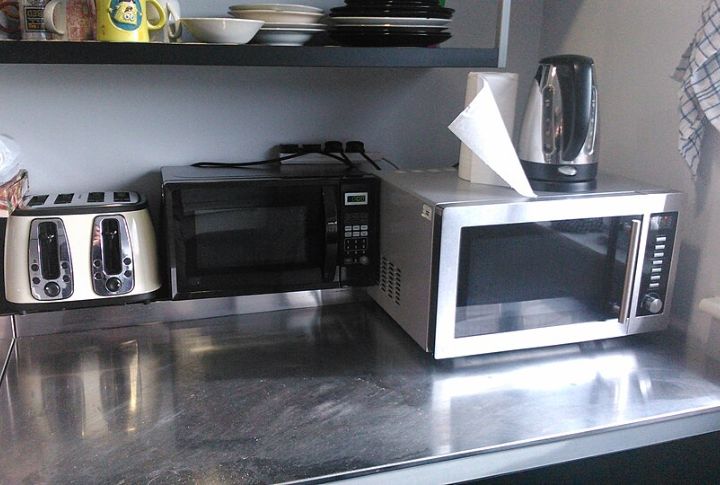
Your wall outlet might seem capable, but it likely wasn’t designed for the heavy draw of multiple high-wattage appliances. Pair the wrong ones together, and you risk overheating, damaged wiring, or a tripped breaker. These 10 common devices should never share the same outlet.
Space Heaters
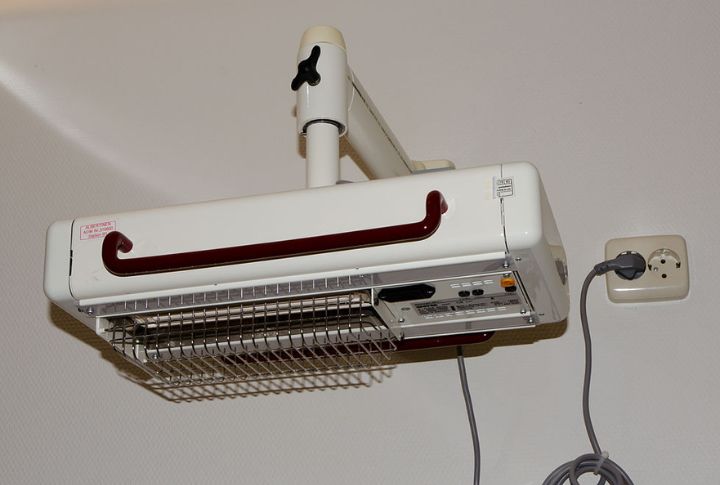
Many space heaters pull over 1,500 watts and rank among the top causes of winter house fires. Extension cords only increase the danger by adding heat buildup, so always plug space heaters directly into a dedicated wall outlet to stay safe. Note that pairing one appliance with another exceeds the loading rate quickly.
Refrigerators
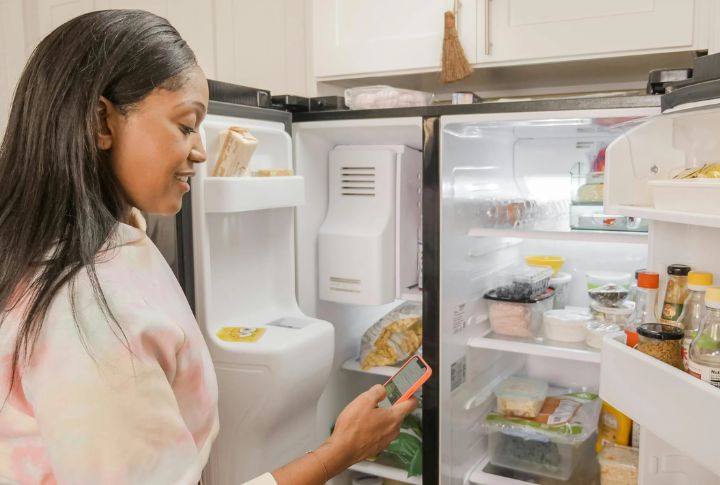
Refrigerators send out a surge of power each time the compressor kicks in, and that constant repetition wears down the circuit. Even mini-fridges can trip breakers when sharing outlets with microwaves or other high-wattage devices. Beyond electrical risk, a tripped fridge leads to spoiled food and wasted groceries, which is another reason why it should have a separate outlet.
Toaster Ovens
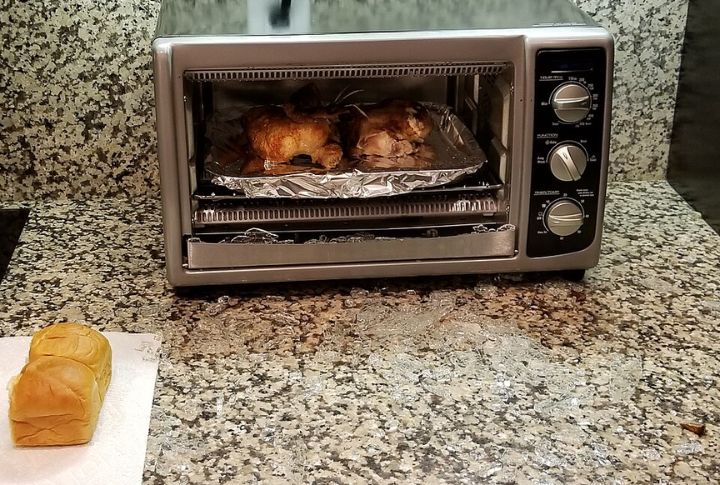
Heating elements inside a toaster oven pull serious wattage, often reaching 450 degrees Fahrenheit within minutes while demanding high current flow. Pairing a toaster oven with another appliance, especially something like a coffee maker, easily pushes your circuit toward failure.
Microwaves
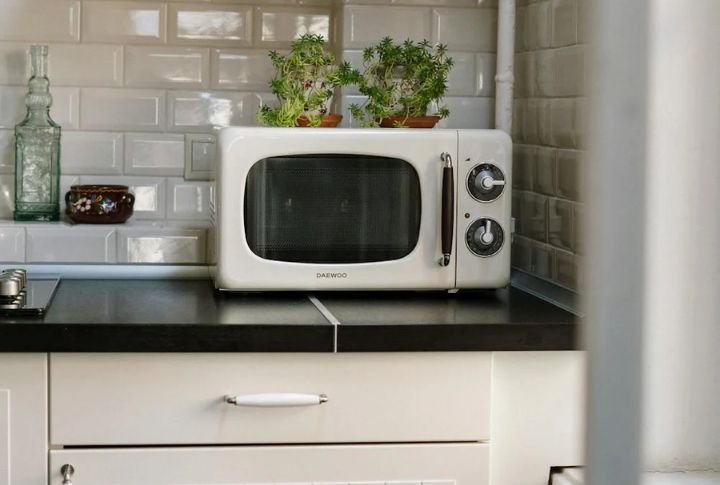
Microwaves draw up to 1,800 watts and rapidly cycle power while cooking, causing sudden surges. These spikes can overheat outlets, trip breakers, and signal poor wiring if lights flicker or plugs feel warm. Experts warn against sharing outlets with other high-powered devices.
Dishwashers
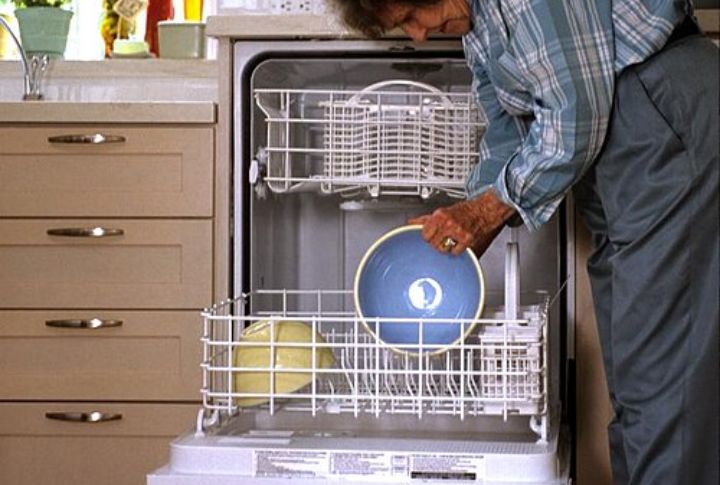
Dishwashers use heating elements and strong pumps. That combo pulls more power than a shared outlet can handle, so most models need a dedicated 15 to 20-amp circuit. Running them overnight makes unnoticed failures more likely, and could leave dishes dirty and standing water pooled in the bottom rack.
Portable Air Conditioners
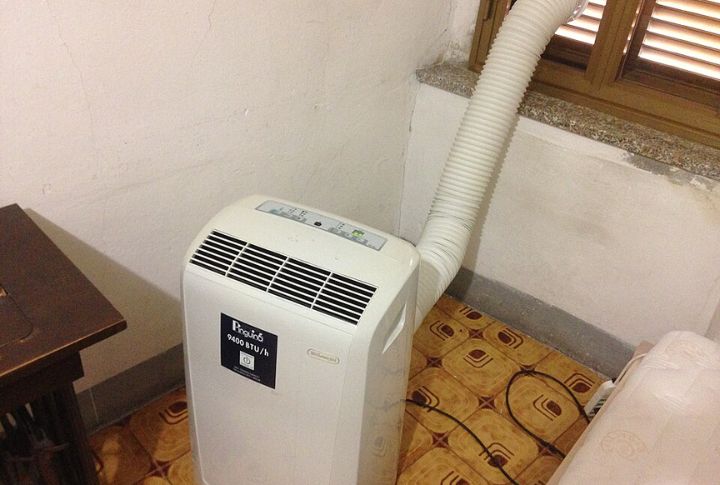
Unlike smaller cooling devices, portable air conditioners require far more amperage, especially during startup when the compressor kicks in. Some models draw even more power than refrigerators; hence, outlet sharing, even just with a fan, might heat the wires fast and may lead to a higher risk of failure.
Treadmills

Pushing a treadmill to higher speeds means drawing a continuous, heavy load that stresses home circuits. Many models consume as much power as a refrigerator; therefore, they are a poor match for shared outlets. Running a treadmill near TVs or gaming systems increases the chance of flickering screens or sudden shutdowns.
Washing Machines

Every spin cycle inside your washing machine triggers a spike in electrical demand as the motor and water pump work together. Even one load at the wrong time can cause an unexpected trip. Laundry rooms often become hot spots for circuit issues because people plug in multiple large appliances nearby.
Hair Dryers

Don’t let the small size fool you—a typical hair dryer pulls over 1,800 watts, more than some vacuum cleaners. Running one alongside a curling iron or bathroom heater on the same outlet can instantly trip a breaker. Modern electrical codes now require GFCI outlets, which protect against short circuits in moist areas in bathrooms for this exact reason.
Window Air Conditioners
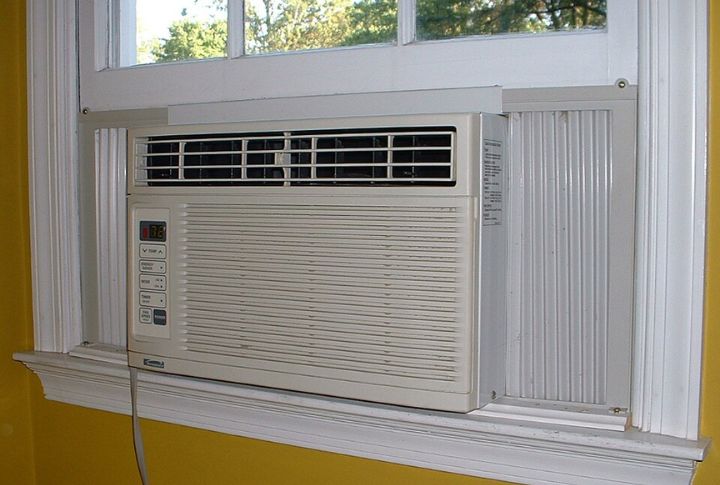
When the summer heat hits, window air conditioners pull a surge of power just to start, then continue drawing a steady load for hours. That constant demand pushes circuits hard, especially in older homes with outdated wiring. Without a dedicated 20-amp outlet, the risk of overheating and fire climbs fast.

